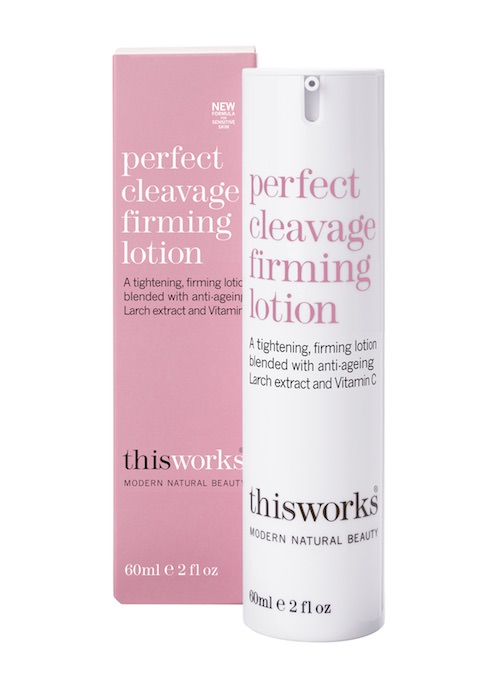A guide to breast lumps
It’s always a shock to discover a lump on your breast. Most people are aware of the implications that it could indicate cancer, so it’s hard not to worry.
The most important thing to do is to consult your GP straightaway. The sooner your case can be investigated, the sooner any necessary treatment can begin. And if the lump is not deemed to be an issue, the sooner your mind can be put at rest and you can relax. Remember: 90% of all breast lumps are not cancerous.
What causes a lump?
There are many reasons a lump can form on your breast, including benign (non-cancerous) hormonal breast cell changes, cysts, which are harmless sacs of fluid, and a fibroadenoma, which is a gathering of fibrous glandular tissue, more common in younger women.
Breast cancer is essentially an uncontrolled growth of breast cells due to a genetic abnormality. The genes inside your breast cells are responsible for controlling growth within the breast duct and lobule, but if a gene is damaged, an uncontrollable growth of cells may result. Over time there is a danger that these cancerous cells can invade the surrounding breast tissue, growing to form a discernible lump.
Other possible health indicators that shouldn’t be ignored include:
- a hard swelling or lump in your armpit that doesn’t go away
- a thickening in the breast like a stiff area of tissue (not necessarily lump-shaped)
- dimpling or puckering in the skin
- any change in the shape or size of your breast or nipple
- a redness or rash
- a sore on the breast
- an unusual and/or bloody nipple discharge
What happens when a woman finds a lump?
It’s important to check your breasts regularly for any signs of change, including lumps that may appear. If a lump is found, don’t hesitate; make an appointment to see your GP as soon as possible. Never leave a lump on the off chance that it might go away of its own accord or because you are afraid of what it might be.
Many breast cancers are initially discovered through self-examination, a doctor’s breast check or routine mammograms for older women or for those who are genetically at risk.
What tests are used to determine what the lump is?
When you present your doctor with a breast lump, you will receive a thorough physical examination. If the doctor has concerns, you will be referred to a breast clinic to undergo the following tests:
A mammogram – this is an X-ray of the breast conducted by a radiographer. Your breast will be positioned between two flat plates on the X-ray machine, which will press down on your breast firmly for a few seconds. There will be at least two X-rays taken of your breast, one from above and one from the side. Although the experience is uncomfortable, it’s not painful.
An ultrasound – this scan is the same as you would receive during pregnancy to monitor your developing baby, only this one will be concentrated on your breast area. Both the ultrasound and the mammogram will be able to determine if your swelling is a fluid-filled cyst, or a solid lump of tissue.
An MRI (magnetic resonance imaging) scan – some doctors refer patients for an additional MRI scan, usually if the breast tissue is found to be too dense for the mammogram and ultrasound to reliably produce accurate information.
A biopsy – if the doctor is concerned following the results of the scans a biopsy might be taken to further examine and test a sample of the lump tissue under the microscope. A needle biopsy occurs if abnormalities are discovered during an ultrasound: fluid and cells will be sucked out using a syringe with a fine needle.
What next?
If, as in 90% of cases, the lump is found to be benign, with the doctor’s advice you may prefer to have it removed (a lumpectomy), or you may choose to live with it. Cysts can be drained, particularly if they are causing pain or discomfort, using a needle aspiration biopsy.
If the results of the tests suggest that cancer may be present, then you will be referred for a pathology report, further scans and blood tests. Laboratory tests will study how quickly the cancer is growing, and its response to added hormones. They should also detect any gene abnormalities.
Once the above tests have been carried out, the doctors can determine the nature and stage of the cancer and plot a unique plan of treatment is best suited to you.
For further information about breast lumps, breast cancer and screening, visit:
NHS
Cancer Research UK
Latest Cream Review
Browse Categories
Most popular
Dr. Organic Moroccan Argan Oil Breast Firming Cream Review
Dr. Ceuticals Bust Boost Review
UK beaches uncovered: The topless top five
Palmer’s Cocoa Butter Bust Cream Review
The politics of breasts: Know your rights
Strapless, backless or plunging – bra solutions for every dress dilemma
Nutrition and lifestyle for breast cancer prevention


